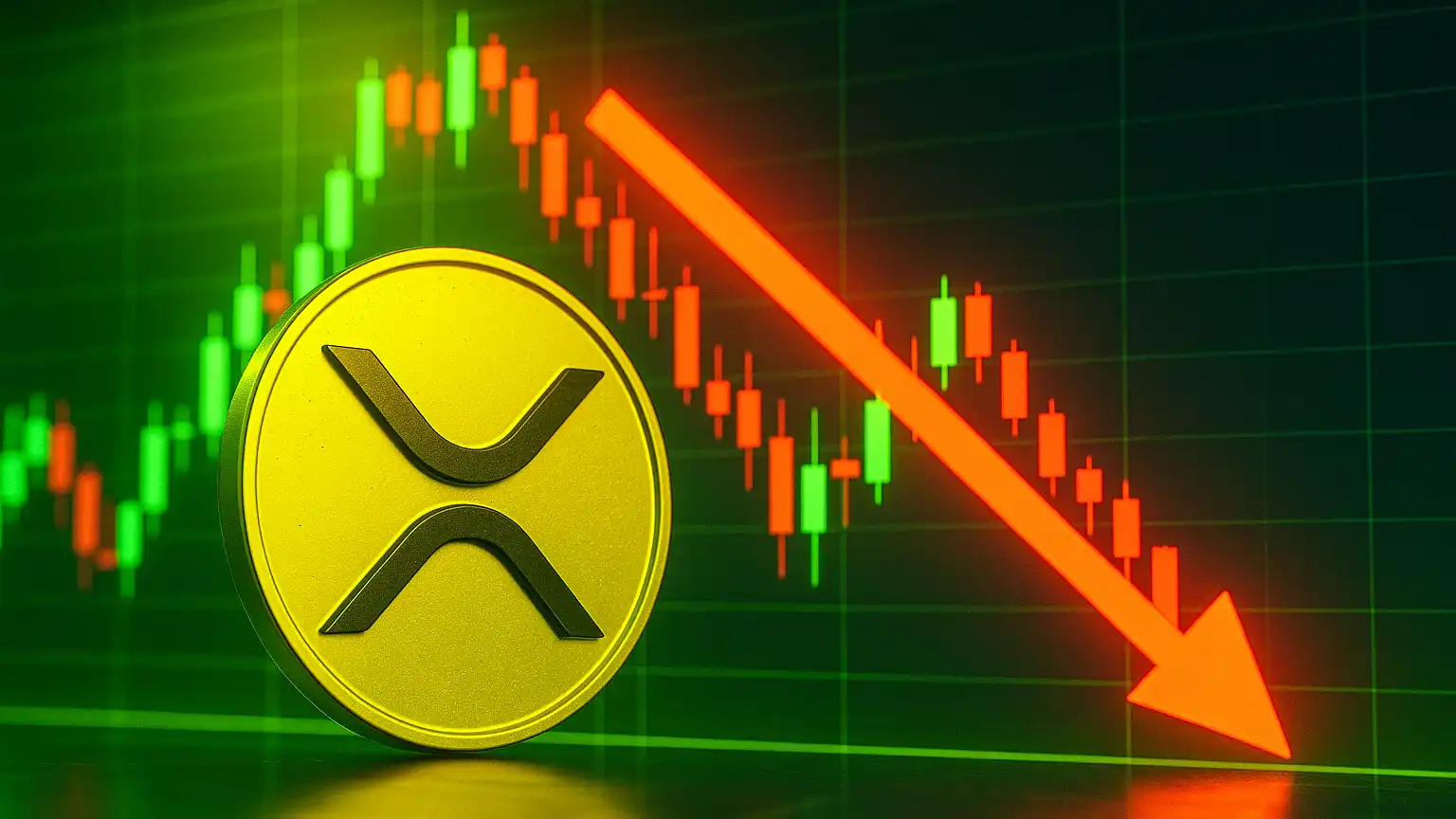Sellers Keep the Upper Hand as the Descending Channel Narrows
Ripple’s native token has spent the past week drifting steadily lower, finally losing the symbolic $2 handle in overnight trading. Early Friday deals saw XRP change hands near $1.92, its weakest intraday print since late May. From a technical standpoint the picture is stark: price continues to respect a descending channel in place since August, and every rally attempt has stalled at the channel’s upper boundary as well as the sloping 20-day exponential moving average. Momentum oscillators echo the fatigue—daily RSI has slipped to the low-30s and MACD bars have turned negative for six consecutive sessions, signalling that bearish pressure remains dominant despite the token’s oversold posture.
Even so, candlestick structure hints that equilibrium may be approaching. Successive sessions have produced long lower shadows, suggesting dip-buyers are quietly absorbing supply whenever price probes the upper-$1.80 zone. That bid, however, has yet to translate into a decisive reversal and the risk of a fresh capitulation remains on the table if confidence erodes further across the broader altcoin complex.
Why the $1.76–$1.80 Band Is Now the Market’s Last Line of Defense
Three overlapping factors make this pocket unusually significant:
1) The area provided sturdy support during April’s consolidation, serving as a springboard for the late-spring breakout that carried XRP above $3.00. 2) It coincides with a high-volume node visible on 2024’s volume-by-price profile, implying that a large cohort of traders established positions here and may defend it aggressively. 3) Most crucially, the band aligns almost perfectly with the floor of the six-month descending channel; a breakdown would therefore negate the structure in one stroke and open the tape to quick downside extensions toward $1.55 and $1.36—levels where historical liquidity clusters sit.
On the flip side, a firm defence of $1.76 could flip the narrative. A bullish hammer or engulfing bar inside the band, followed by a daily close back above $2.06 and the short-term EMA, would mark the first higher low since September. Such a sequence would give technicians scope to target $2.21—the channel’s upper rail—and eventually $2.57, the scene of November’s steep rejection.
Seasoned traders are already mapping trade ideas around those trigger points: risk-controlled longs above $1.80 with stops under $1.76, and incremental take-profits layered at $2.21, $2.57, and $3.12. Until those signals print, patience—or nimble range trading—remains the operative stance.
Rotating Risk: “Bitcoin Hyper” Captures Attention as XRP Wobbles
While large-cap assets wrestle with structural questions, capital is quietly seeping into newer narratives. Chief among them is the emergence of “Bitcoin Hyper,” an experimental protocol that aims to transplant Bitcoin’s security settlement onto Solana-style high-throughput rails. The project’s presale has crossed the nine-figure-token mark in just a fortnight, buoyed by a dual-appeal pitch: retain BTC’s brand and robustness, but unlock lightning-fast fees and smart-contract flexibility. An independent audit has already been completed, helping alleviate the trust deficit that often dogs early-stage releases.
The timing is notable. Historical cycles show that speculative appetite often migrates from blue-chips into smaller, story-driven assets once volatility spikes and consolidation sets in. Should XRP defend its final support—and the wider market avoid systemic shocks—the rebound of headline coins could recycle gains back into such micro-caps, amplifying their upside potential. Conversely, deeper losses in majors would likely compress liquidity and leave emergent projects scrambling for attention. In other words, Bitcoin Hyper’s trajectory will be influenced as much by XRP’s performance at $1.80 as by its own technological promise.




